
There were only a few days left before World Water Day, when the editorial staff almost spontaneously came up with the idea of dedicating a monographic issue of Frontiere to this theme. Needless to say, here at Politecnico, there is certainly no shortage of research on this topic. One of the strands that immediately came to mind is that of engineering for the environment and the territory. But what to choose? I tried to follow the thread of the key issues that occupy public discourse today: climate change, sustainability, relationship with the territory and its protection.
This is how I discovered MAURICE, a research project that encompasses this and much more.
The starting point, as I read in the first abstract, is once again that of climate change, with which unfortunately we are increasingly dealing. How does it affect current water management? Are the old models still enough? What can be the new water management strategies to increase the resilience of our territory?
Luca Alberti and Paolo Colombo of the Department of Civil and Environmental Engineering will try to answer these questions and tell me about the project they are working on. Luca Alberti is the project manager for Politecnico. Associate professor of applied groundwater and river modelling, his career is entirely polytechnic, dedicated to hydrogeology. Paolo Colombo, on the other hand, is in his third year of PhD, dedicated precisely to the topics investigated by MAURICE.
They welcome me in the rooms of the Petrographic Collection, a fascinating museum of rocks set within our Leonardo campus, which I did not know existed, but which leaves me speechless. I have already promised myself to tell you about it in a future appointment in the “Inside Research” column.
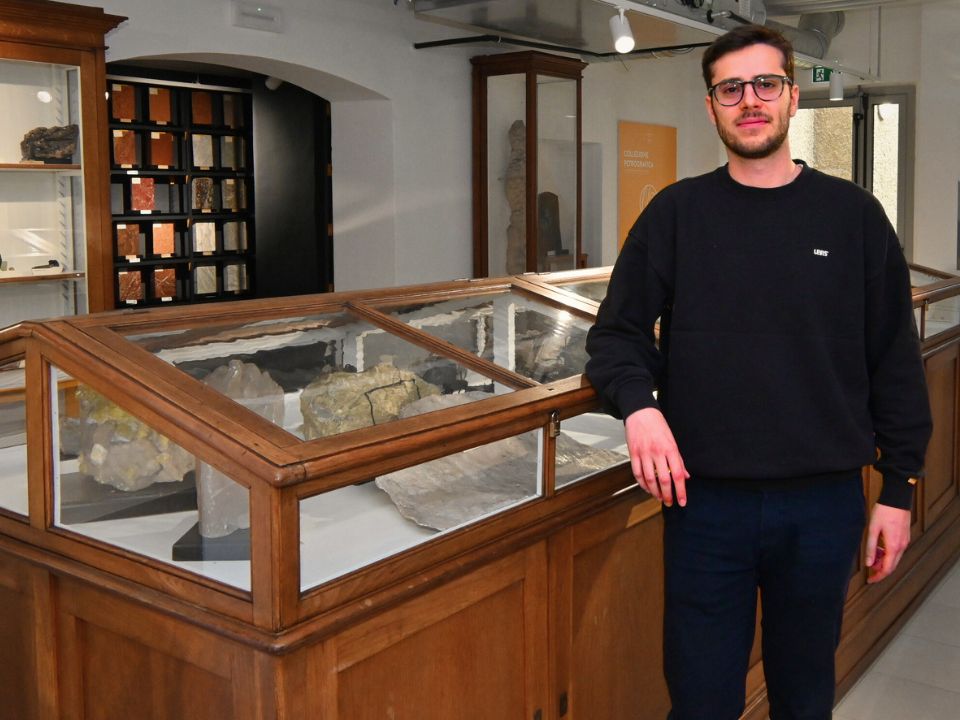
Luca, let’s start with you. Can you give me an overview of the project?
The MAURICE project is part of Interreg Central Europe, the European territorial cooperation programme between Central European regions on common challenges and sustainable development.
It is precisely in Central Europe that ongoing climate change is putting the availability of water resources at risk. This is why MAURICE gathers project partners from Italy, Poland, Germany, Czech Republic, Slovenia, Croatia. Today, in these regions, there is a need to increase resilience to extreme weather events such as droughts and floods, as well as the potential reduction of groundwater resources.
Looking specifically at Italy, what is the area on which you are working?
In the Po Valley, both the decline in groundwater levels in the long term and the excessive amount of water in the short term represent serious risks to be addressed with adequate water management practices.
The specific goal of the Italian partners, i.e. we at the Politecnico with the Consorzio di Bonifica Est Ticino Villoresi, is to define and field test adaptation measures to increase resilience to the effects of climate change for the future availability of water, in particular groundwater.
This is only a general introduction, but I am happy to leave the floor to Paolo, who will tell you all the details of the research, even in the field.
Thank you very much, Luca. Paolo, how important is the aquifer in the hydrogeological system of Lombardy? Shall we start with a bit of history?
Submersion and flow irrigation practices are particularly important for our territory, applied for centuries in the Po Valley, and allow a considerable infiltration of water towards underground aquifers, activating a process of recharge of the aquifers.
This process, however, is peculiar and cyclical: in irrigated areas, the penetration of water causes the water table to rise in summer and decrease in winter.
And here comes the idea of the MAURICE project…
The idea of the project is precisely to exploit a dynamic that has been going on in Lombardy for centuries, using it as a new management possibility with respect to drought and climate change.
We want to enrich the aquifer by exploiting the irrigation network in periods when it is not irrigated, i.e. autumn and winter, when the abundance of rainfall allows greater water availability in the pre-Alpine lakes.

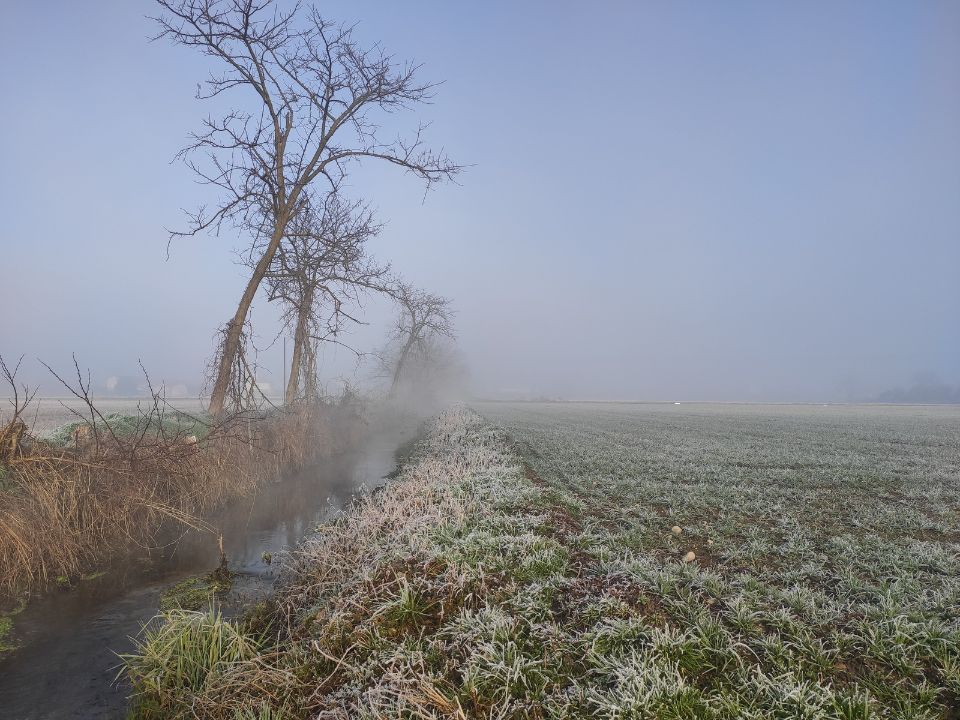

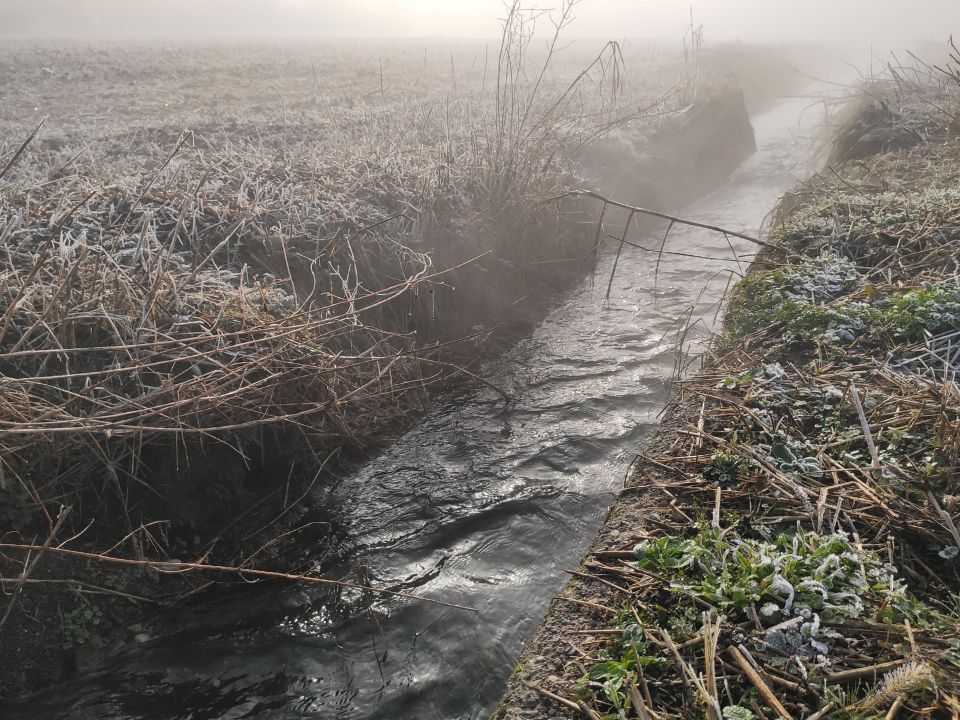
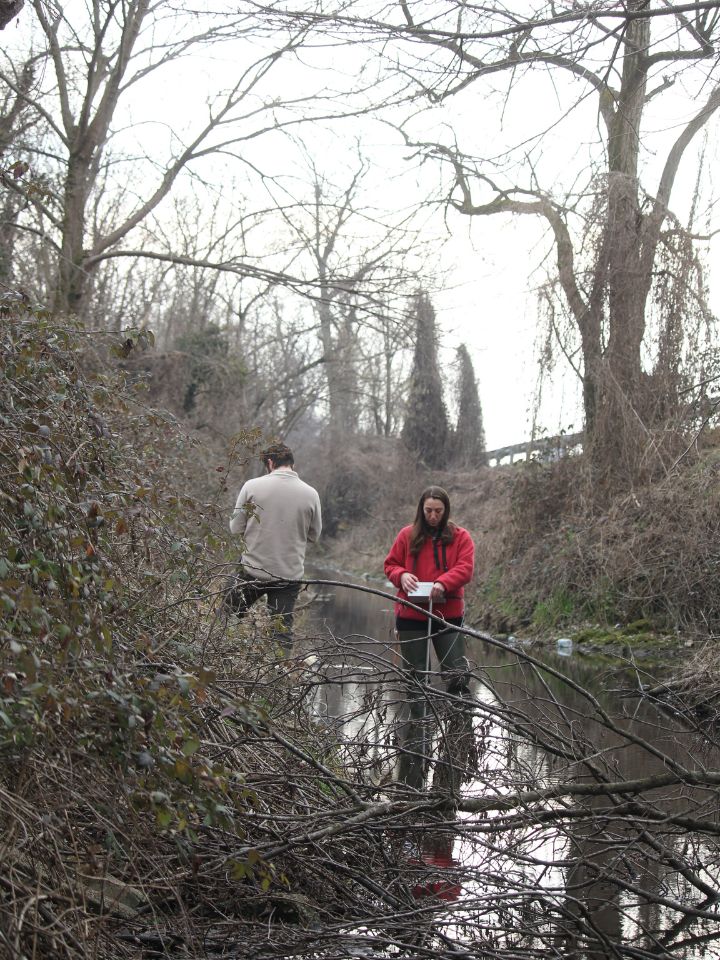
How does it work concretely?
By letting water infiltrate the aquifer, we raise the level by increasing the stored volume, which can be used in the following seasons, replicating what happens in spring/summer.
In this way, we create an additional reservoir that is natural and therefore does not require the construction of new infrastructure, since the canals and aquifers are already present. We have thus realized an advantage both from an environmental and economic point of view.
This practice also has indirect benefits on canal transport efficiency and field tillage, as well as providing an additional management tool to mitigate possible river floods.
The field component is particularly strong in research of this kind. Where do you carry out your activities?
The pilot area includes about 30 hectares of fields west of Milan, between the municipalities of Sedriano, Bareggio and Cusago, selected by the East Ticino Villoresi Reclamation Consortium together with Politecnico di Milano, in collaboration with the consortium’s farmers. The collaboration of the latter is essential because they are the ones who irrigate the fields, and they have given us great availability.
In this area, the water comes from Ticino through the Villoresi canal, which subsequently reaches the Adda, returning the water not used by farmers. We have identified two areas of investigation with distinctive characteristics: one has lowland springs, while the other does not.
Lowland springs are a typical presence of the Lombard rural landscape. Can you explain what they are to a wider audience?
Springs are points in the Po Valley where groundwater spontaneously rises to the surface. However, since the sixteenth century farmers have begun to deepen the point of emergence of water through excavations to increase its flow and channel the water giving rise to what we now call lowland springs, which despite being of anthropogenic origin are now completely integrated into the landscape.
In our research it is important to evaluate the interaction with the springs because they subtract water from the aquifer increasing their flow rate; therefore, the accumulation of water near the lowland spring is less. At the same time, however, the increase in flow rate allows the sustenance and proliferation of the ecosystems of these wetlands.
What is the current state of the Lombardy aquifer?
The water table of Milan is high; even the drought in 2022 did not lead to a substantial crisis. We are certainly not at an all-time low, which was instead reached in the 70s of the twentieth century, due to a massive presence of industries. Later the factories in the Milan area left, the level of the aquifer went up in the 80s, and now I would say that we are a little higher than in that period.
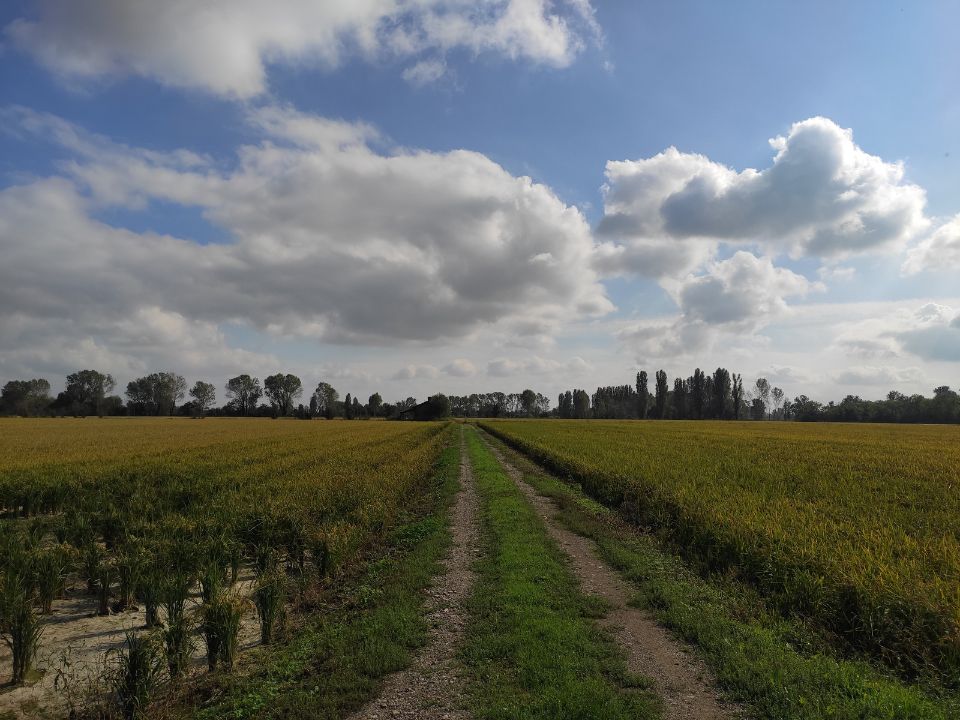
How are measurements carried out in the field?
We started both by recovering existing monitoring points and by creating 4 new points equipped with continuous groundwater level detectors.
The most interesting data to detect is precisely the level of the aquifer, and it is the data that we aim to increase. Level measurements are taken manually and monthly over a network of 29 points, while it is automatically detected on an hourly basis. in the 4 new piezometers: these are tubular excavations in the ground in which a perforated pipe is inserted to the desired depth.
[He shows me a pipe about one metre long by 10 cm in diameter, with filtering walls. These elements can be combined with each other until the desired depth is reached.]
The water enters this pipe and by pressure reaches the level of the water in the aquifer. In practice, it is comparable to a small well, which we use to monitor water levels, its quality, etc.
To give you an idea, in the area where we carry out the experiments the aquifer is between 3 and 5 metres deep.
Did you enjoy doing field research? Do you have any anecdotes about this experience?
It was a novelty for me, which I certainly liked a lot: I recognize that in these two years I have lived a very intense experience.
Field work takes a long time, it is always an unknown. Teamwork is essential: in the first part we had to place all the measuring devices. But having direct contact with what you are doing, opening wells, inserting phreatimeters (the instruments for measuring the depth of water in wells), collecting data, rather than just looking at these things on the computer, gives immense satisfaction.
It is a territory a little more unknown than a laboratory, because it is full of unforeseen events. The nice thing is that when you are on the field you only think about that, when you are in the office you think about something else.
Sometimes there have been small inconveniences and mysterious disappearances, such as that of a weir, which is a flow meter of the lowland spring, which we have not found anymore.
Now a colleague of mine is taking care of the fieldwork, now I am focusing on the analysis of the data collected.
What other data do you collect, besides the depth of the aquifer?
The consortium provides us with data on the flow rates of water distributed every day in its irrigation network. Other interesting data we collect are the head of the water contained in the lowland springs and their flow rate, the permeability values of the bottom of the canals, everything to quantify the losses and calculate the water balance.
From ARPA Lombardia, on the other hand, we receive data on rainfall and air temperature in the area.
Then we get data on the temperature in the aquifer and that in the channels, which together with isotopic measurements help us understand where the water comes from and how it moves between the different domains.
How so? And what are isotopic measurements?
We obtain an isotopic signature of canal water, groundwater and lowland spring water by analysing the ratio of oxygen to deuterium (two isotopes, in fact) contained in the water. The value of groundwater is different from that of surface water, which allows us to distinguish between them. Where the two types of water mix, we will have an isotopic signature placed between these two extremes.
To understand the movements of the water, the temperature parameter is also used: that of the river is higher in summer and lower in winter, while that of the aquifer is constant at 15°C.
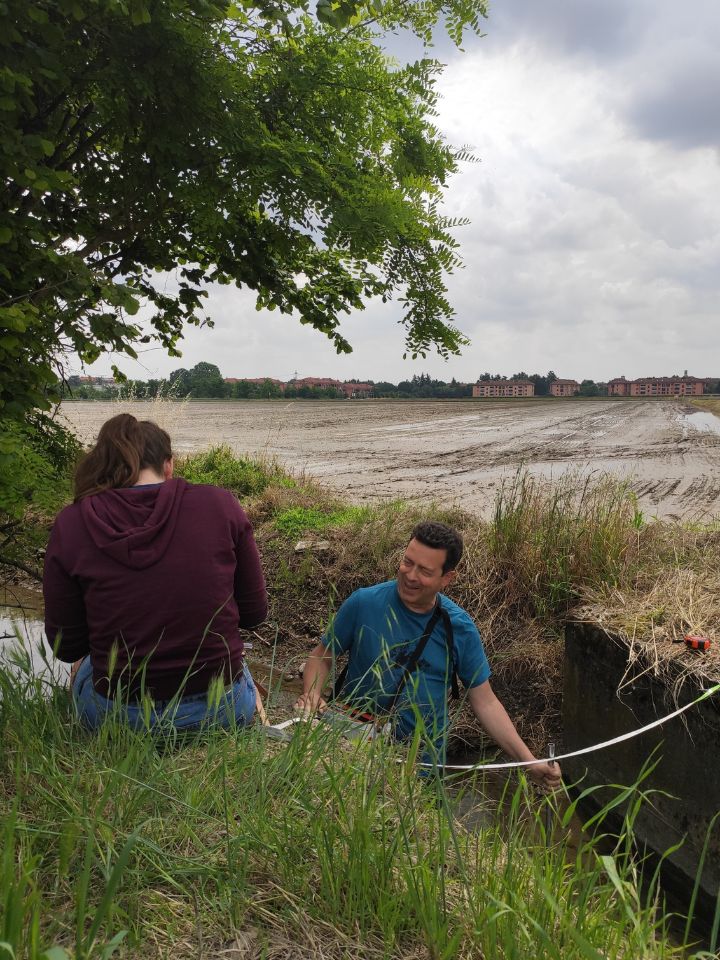

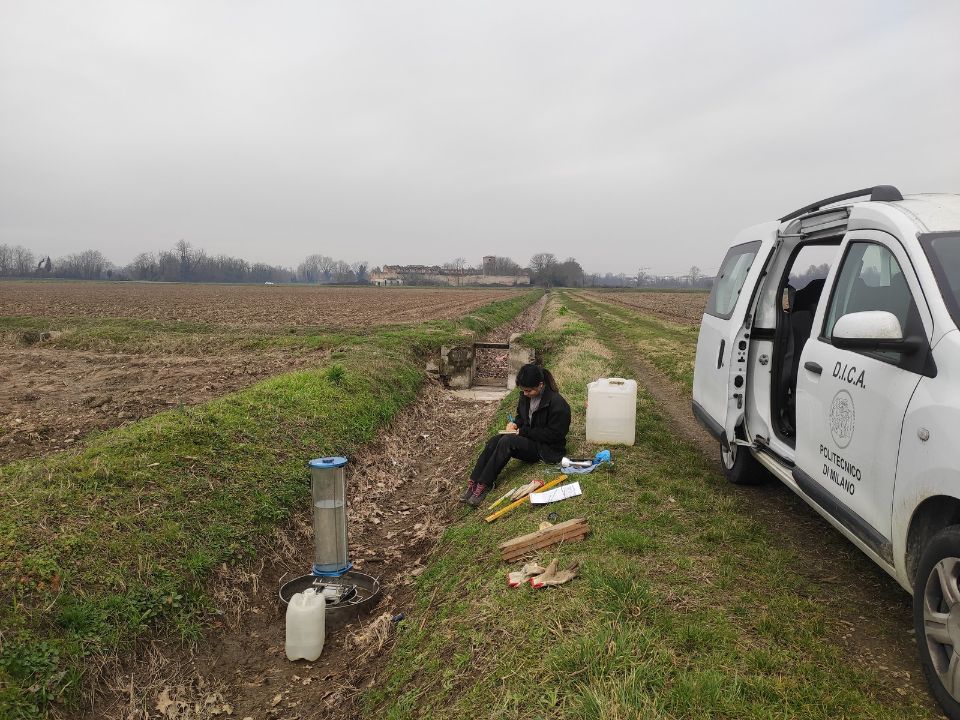
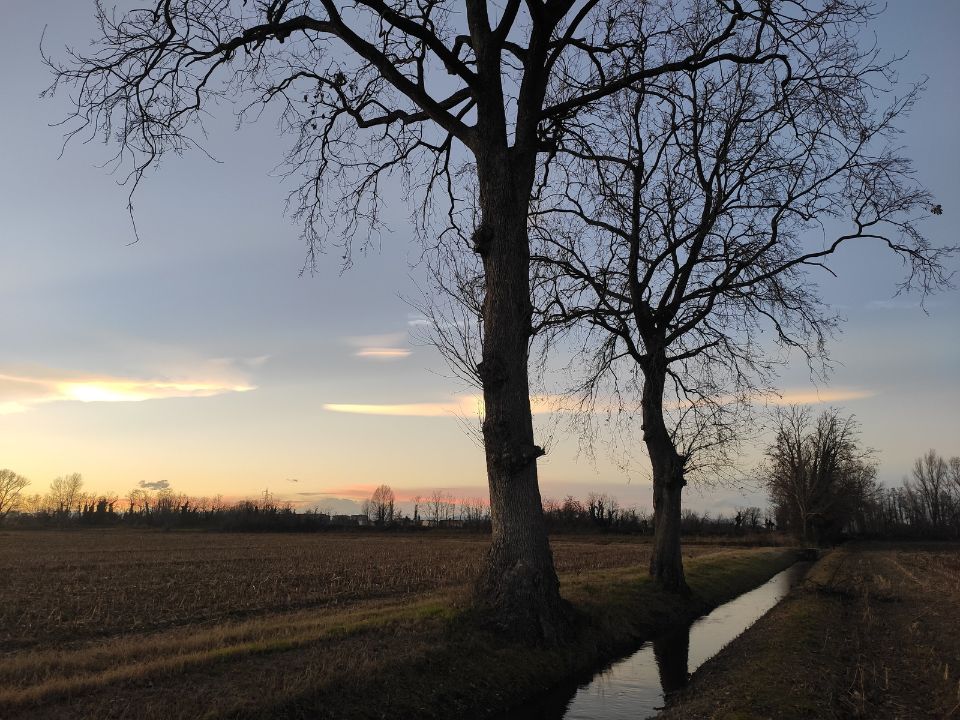
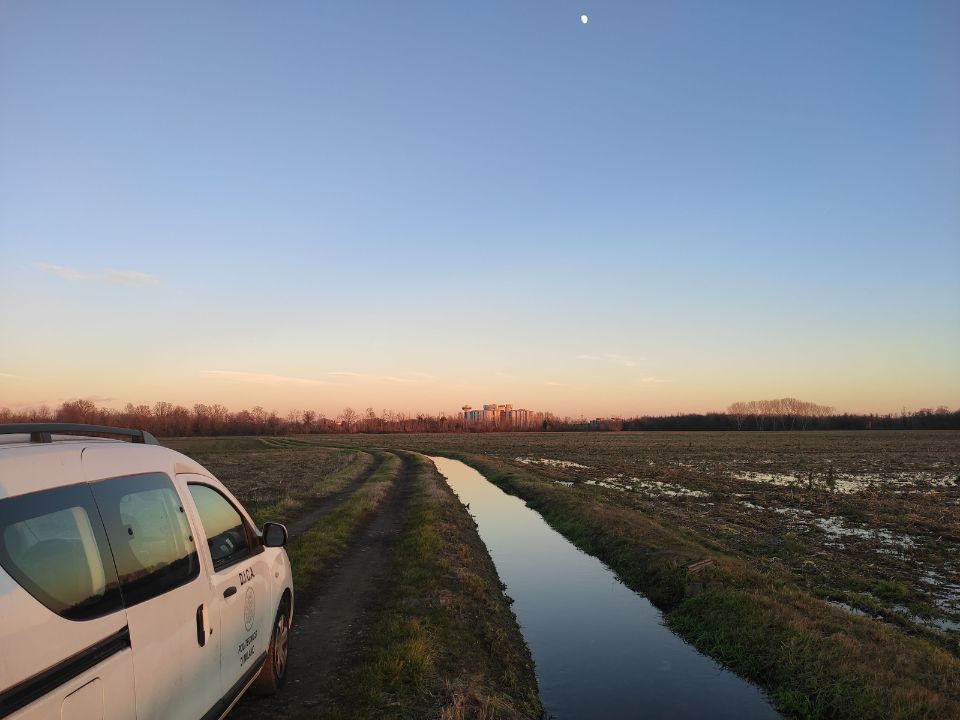
What do you need this data for?
The data are essential to observe the variations in the aquifer induced by the winter irrigation subject to the experimentation and compare them with the surrounding “undisturbed” variations.
The data are also used to build a spatially distributed numerical model of the aquifers and irrigation system, capable of reproducing current conditions and simulating alternative scenarios, such as the expansion of irrigated areas and the impact of climate change.
Is Lombardy flow irrigation therefore a virtuous model? Or does it have cons?
The European Union sees traditional flow irrigation in Lombardy as a waste of water resources. In fact, it is true that only 30% of water is used by plants, but the remaining 70% is not wasted, because it enters the subsoil and accumulates.
The EU is pushing for more efficient systems, such as drip irrigation (micro-irrigation) and sprinkler irrigation.
But switching to this type of irrigation in our territory would be doubly negative: we would no longer recharge the aquifer which would be impoverished by the too many outputs necessary for farmers. We would really be depleting the underground water resource.
For example, the EU gives incentives to switch from classic submersible to dry rice cultivation. This has led to many problems in the Pavia area, where in some areas the water no longer arrives through the lowland springs.
Does the system you are studying with MAURICE possibly suggest sustainability of the Lombard system?
Yes, because it creates a virtuous circle: you use water to irrigate in winter and accumulate water to irrigate in summer. The water table today would not be so high if there were no irrigation.
And there are a whole other series of positive elements on other fronts: the existence of wetlands that depend on the emergence of the aquifer, the protection of the landscape and the maintenance of the structure of agricultural canals…
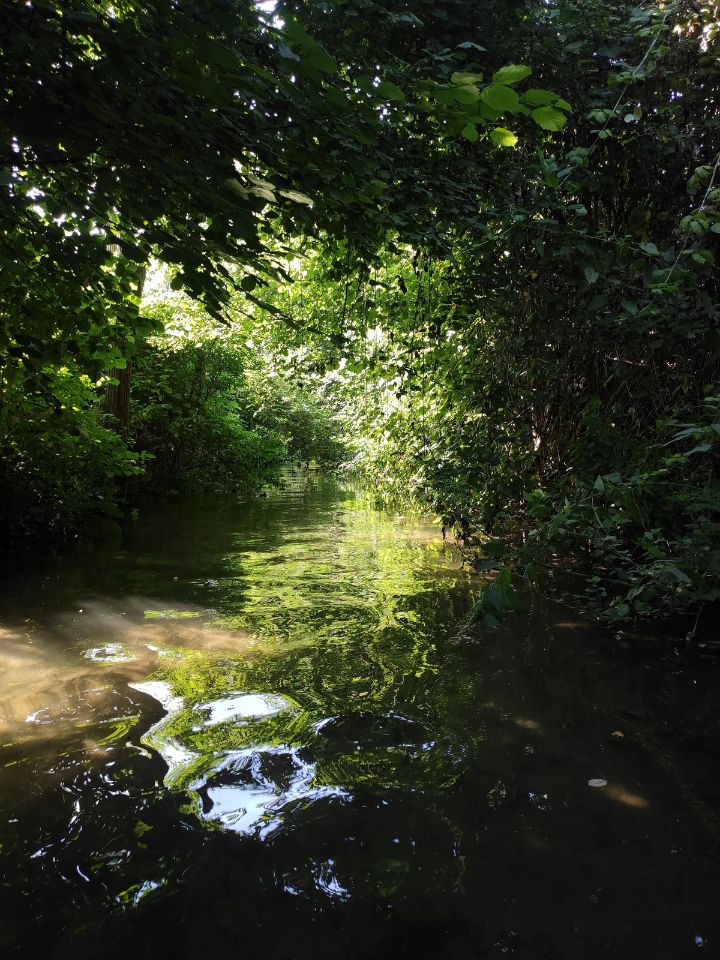
At what point in the project are you today? And how has it gone so far?
After carrying out a first winter irrigation test during the winter of 2023/24 and a second still in progress during the winter of 24/25, the project will enter the final phase. The analysis of the data collected and the numerical simulations will make it possible to evaluate the effectiveness of the measure in improving the resilience of the territory to climate change and to quantify its benefits.
We had a bit of an unexpected event at the beginning, when it rained a lot, because it made it impossible to work on the field.
In the first phase, moreover, we had not been able to have continuous level measurements, but we had to use manual measurements with an effect that was not easily interpreted. During this winter, however, all the measurements took place according to our plans.
Are there any first results?
We must separate the effect of precipitation to understand how much water actually accumulated in the aquifer. We also need to understand any neighbouring effects such as those of the lowland springs, which have a significant contribution.
We are following two paths: field research and experimentation of the model with numerical tests. Let’s see what the model will tell us.
From the data we see positive results, but we are not yet able to quantify the effects of the measurement, i.e. how much water we are able to store underground: because in the subsoil water moves slowly, but it moves, and you slowly lose it, because it flows towards the springs and towards the Ticino.
Did you also have other partners in the project?
Yes, as associated partners there are the Lombardy Region, Metropolitana Milanese, ISPRA.
With them we have set up a working table together with other local actors such as water service operators and natural parks to lay the foundations of a strategy at regional level to make the measures truly effective. We meet every six months to think together about what to do and the measures to be applied.
Paolo, would you like to tell us how your passion for environmental engineering was born and how you came to the MAURICE project?
My interest in the environment was born in middle school. At that time, I dreamed of being a forest ranger. This is why I then enrolled in the agricultural technical institute; I was following a course dedicated to the management of natural resources.
Then the time came to choose the university, and at the Politecnico’s Open Day, I was immediately hooked by the Environmental Engineering course, and I chose it. I must say that I have never had any regrets: the more I went on, the more it turned out to be a field of study made for me.
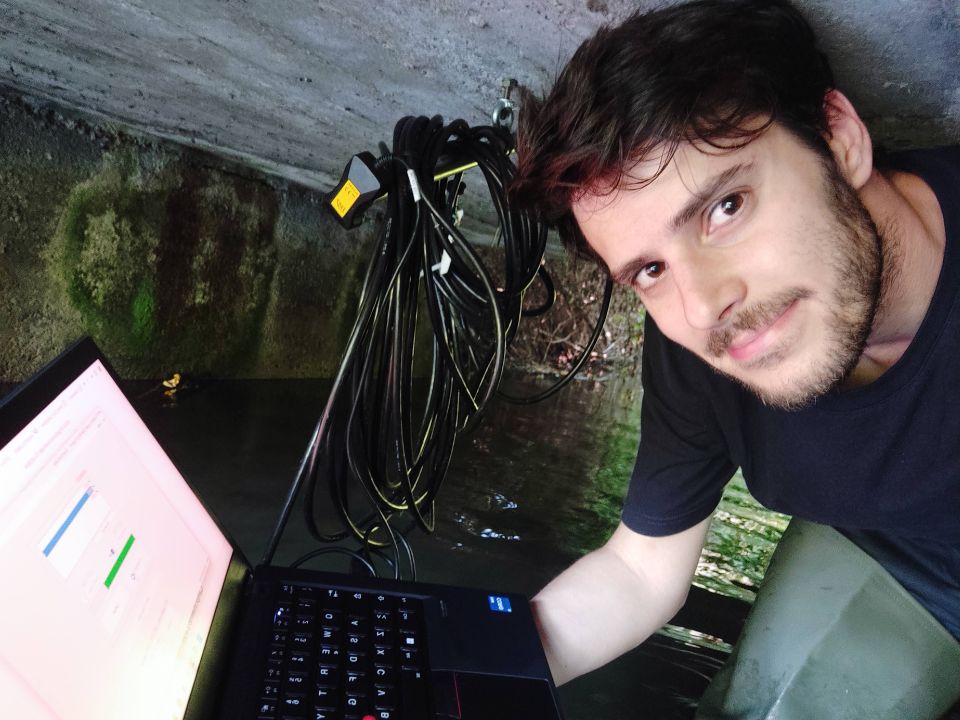
Why did you orient yourself towards the world of water?
Going forward, I became more and more enthusiastic about the management of water resources, the social and environmental issues that gravitate around it.
Water is a vector of life, but, at the same time, also of conflict. It is interconnected with many spheres of our planet, linked to the most diverse areas.
In this regard, I quote my master’s thesis, which I carried out in Wageningen (Netherlands). It was a study of human influences on drought, in a region northeast of Brazil. A basin where several water tanks and ponds were built so that each farmer had his own. In that case, in assessing the impacts, I found that rainwater flowing down rivers reaches the large reservoirs with much less capacity, emphasizing drought in the basins further downstream.
What did you do after the master’s degree?
In 2021, I spent a period with the hydroinformatics team at the KWR Institute of Hydrological Research, also in the Netherlands, where I developed a deep learning model to predict surface and groundwater levels.
That’s when I started thinking about the PhD, because knowing the environment, I discovered that it was an experience to try. The project I found here at Politecnico was perfect because it connects the management of surface water and groundwater.
Where do you see yourself in the future?
At the beginning of next year, I will finish my doctorate. I don’t mind the idea of staying at university, because it gives me so many possibilities, it’s a dynamic environment. But there is always the uncertainty of finding a place to do research. We’ll see how it goes, also because “the outside” doesn’t scare me!
Your activity related to water and the environment does not stop only at research and study, does it?
One of the issues I am most attached to is that of environmental and social sustainability. Which is also a theme of justice. It is linked to both the thesis work and the MAURICE project. Because everything revolves around the issue of “sustainability of the resource”.
I have been interested in these issues for a long time at Politecnico. When I was a student, I was an active part of the Resilient G.A.P. association, whose motto is “Think global, act local”. With the association we have brought the issue of climate change and socio-environmental issues to the attention of the Politecnico in times that were not yet suspected. Just think that we started to hold the first conferences on climate change in 2015!
In this period, I am part of a newly born collective, CREPE, with which we organized a popular course of introduction to climate change.
I am currently vice chair of the scientific committee of the Groundwater Youth Network (GWYN), sponsored by UNESCO. We have several working groups related to heritage and groundwater protection.
I am also part of AIGU, the Italian Youth Association for UNESCO.
And in addition to your future, how do you see the future of the planet, in light of the current socio-political situation?
Crisis contexts, such as the one we are experiencing today, are the contexts in which there can actually be change. The problem is that change can be one way or the other.
We need to give a decisive push, contrary to the direction we have followed for a century now; that of infinite growth, of infinite productivity. We must try to detach ourselves from that ideology, from that way of seeing the world.
Resistance to this vision of the world has always been there, and it has always been very opposed. The future can also be very dark. But the way to a brighter future is there, if these seeds of change are received and made to grow.
A question I often like to ask: is there a book, a film, that you would recommend as a suggestion for those who want to learn more about the topics we have talked about?
Oro blu: storie di acqua e cambiamento climatico, Edoardo Borgomeo, Laterza. Nine stories from around the world tell how water is intertwined with the economy, history, culture and life of each of us.
Geopolitica dell’acqua, Margherita Ciervo, Carocci. Is water a common good or an economic good? An essay that helps us reflect on questions like this.
The seeds, Ann Nocenti, David Aja, Bao. A city split in two: on the one hand, total dependence on technology, while on the other live the Luddites who reject it. A graphic novel about possible futures. [N.B.: the first two books are currently available in Italian only]
